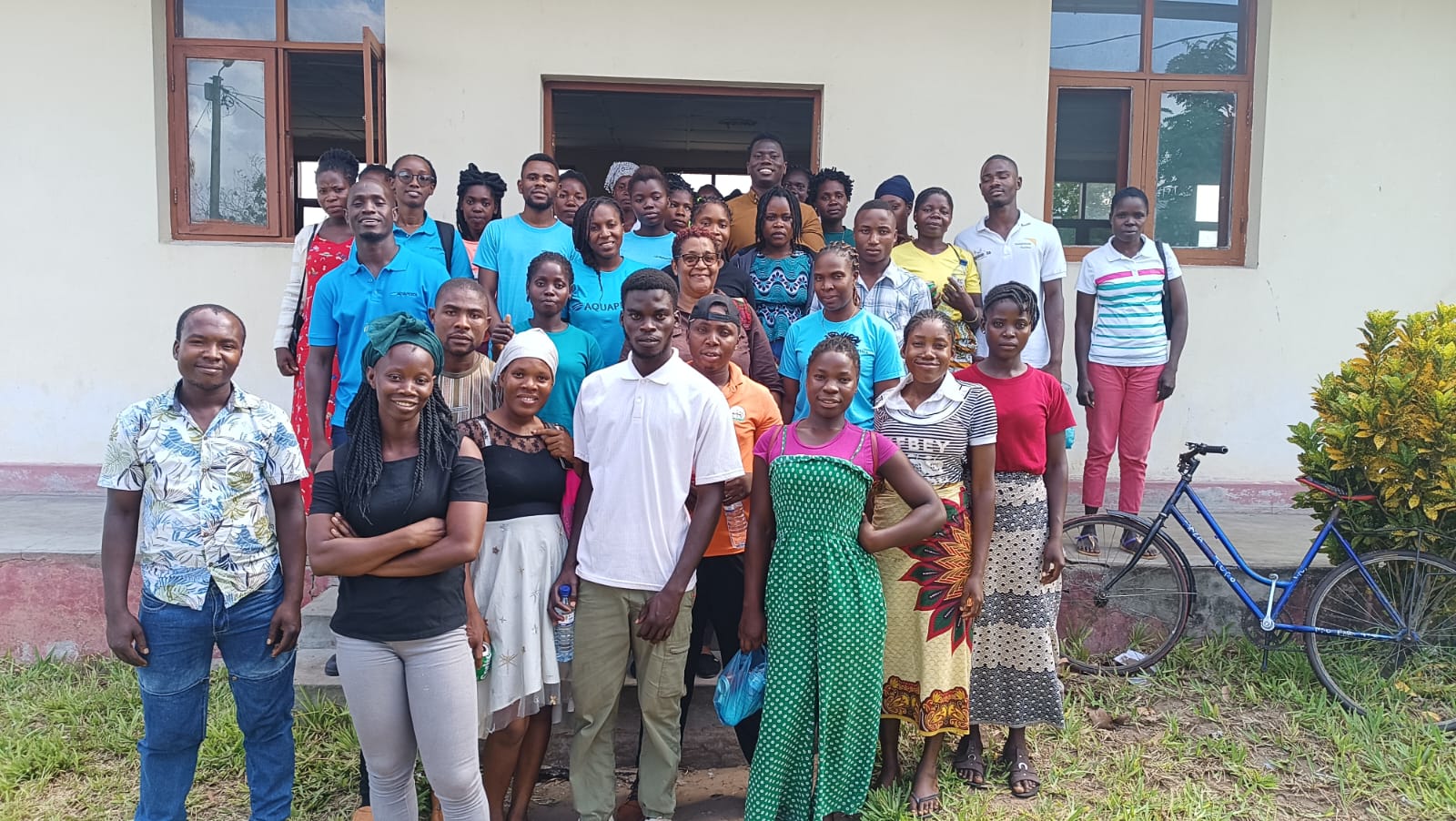Co-creating a community assets and natural resources map sets the scene for community capacity building. A community resource map depicts both natural features (e.g. streams, ponds, paddy fields etc.) and physical infrastructure. Through resource mapping we learn how villagers manage, conserve, and use their natural resources. At least 10 knowledgeable community members should develop the community resource map, including CFi management committee and CFi members, women, elders, and local authorities. With the facilitation of the project team, a knowledgeable community member drafts the map. Before being depicted the location of important features should be discussed and confirmed by other participants. The map should also depict any formal zones (e.g. community fishing areas or community fish conservation areas) or discuss potential areas for zonation.
A group discussion follows the completion of the map to determine people’s reliance on and interaction with their natural resources, as well as major management and conservation challenges. This allows us find areas for improvement in community development, natural resources management and conservation.
A suitably motivated community is required to develop an accurate and informative community resource map. The project team needs experience in facilitating community group discussions and developing community resource maps. The team also needs to ensure that women are involved in the discussions and that meetings are held at suitable times to allow them to attend.
The most common challenge faced by fishing communities is the management of their dry season fish refuges. Many of these ponds are disconnected from the lake in the dry season and at risk from drying out as climate change brings longer hotter conditions in the dry season. Our community partners have suggested increasing the depth of these wetlands and creating permanent connections to the lake to ensure they remain full throughout the dry season and thus protect the fish that shelter there until the lake floods again. Another challenge faced by many communities is the difficulty in managing remote conservation areas. This often results in the establishment of new conservation areas closer to local villages which allows for closer and more effective management.
